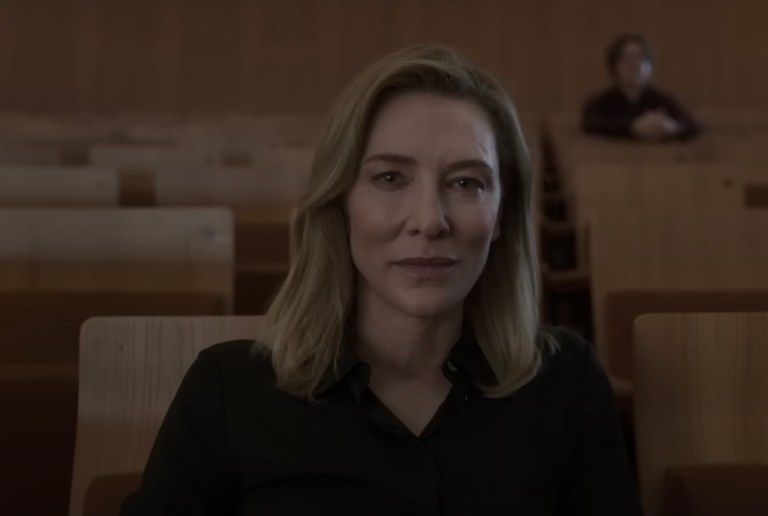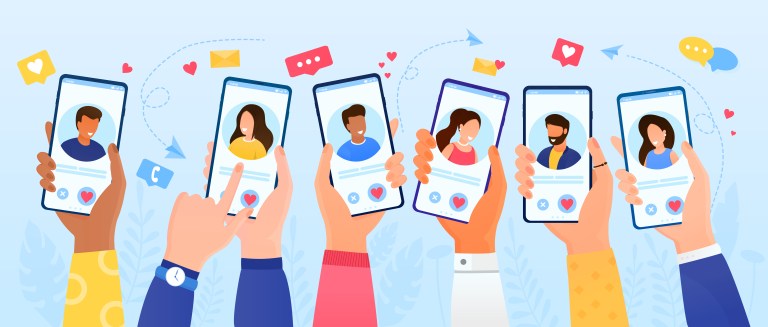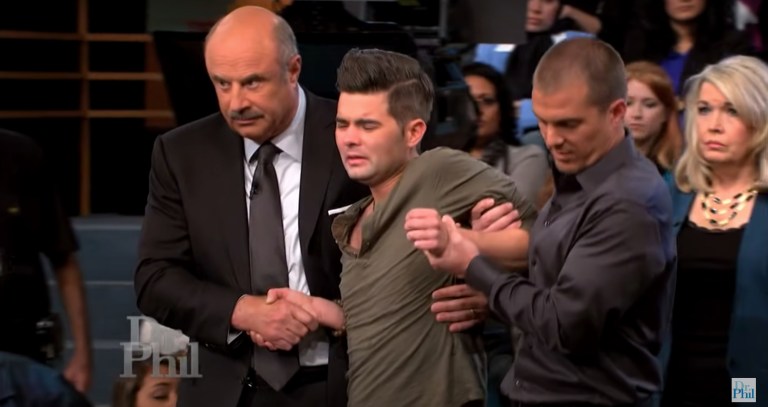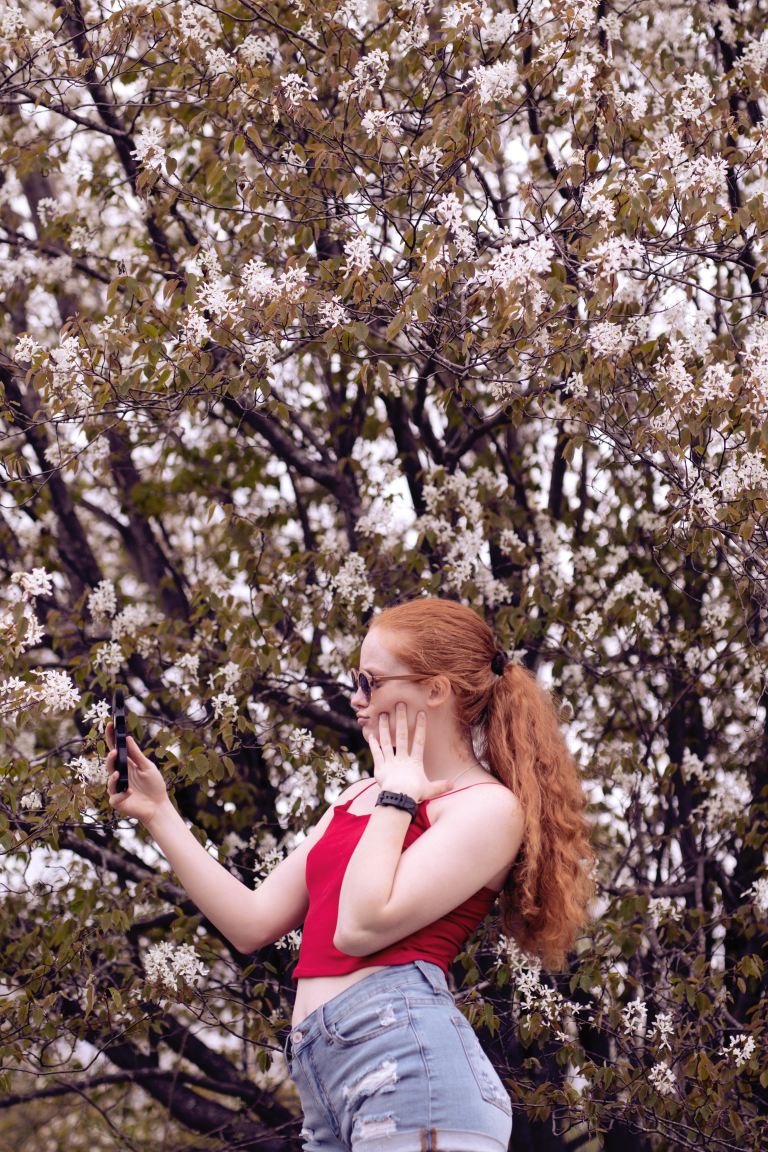Everything You Should Know About LGBTQ-Inclusive Media Today
No one likes to feel invisible. LGBTQ representation in media helps alleviate years of silence and invisibility in the community, while also teaching those outside the community that LGBTQ people exist and are as valued as anyone else.
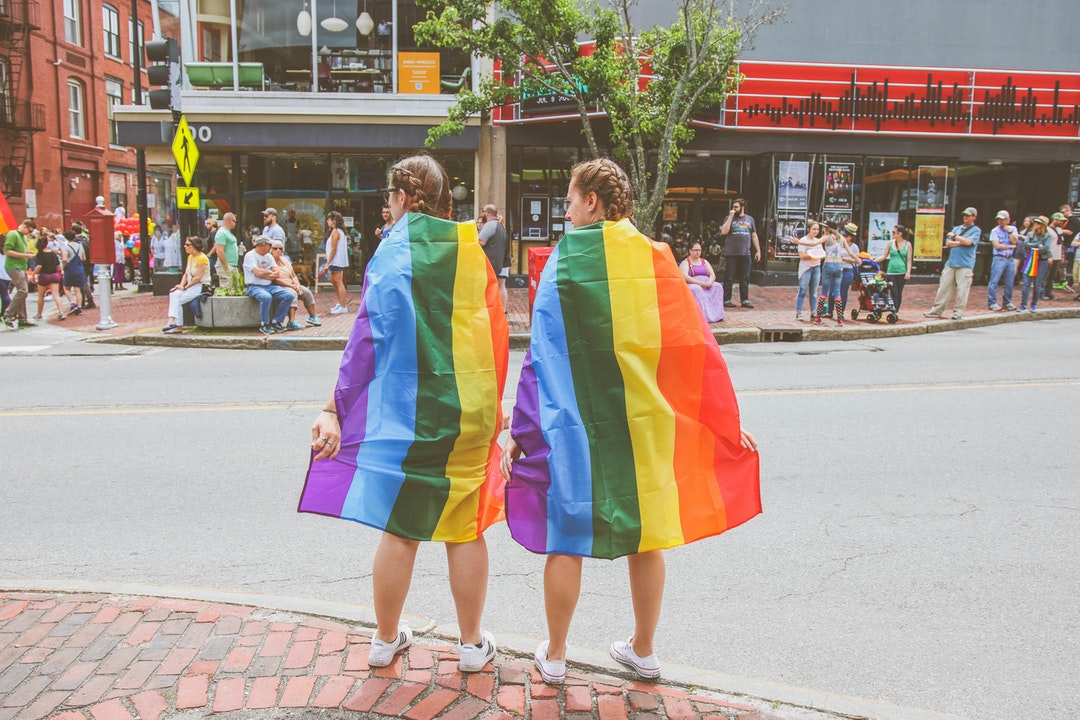

The world today is saturated with media. It’s difficult to go more than a few hours without encountering a song on the radio, an advertisement, a video or something else made to amuse and entertain.
Though people don’t often realize it, media has a profound effect on how we view the world, ourselves and each other. A movie isn’t just a movie — it can be a reflection of the world as we think it is or ought to be. An advertisement can be an expression of value, a song a teaching opportunity.
Even fictional media can make big waves in the real world, and this is especially true of LGBTQ-inclusive media. For any marginalized population, media representation can help or hinder acceptance, understanding, and safety, which is why positive and equal representation is so important.
Why Representation Matters
LGBTQ representation in media is important for a number of reasons. Perhaps most often, representation is attributed to growing public acceptance for gender and sexual minorities. It’s certainly true that increased positive representation of LGBTQ individuals in media has helped the public come to terms with their existence in society. Through increased visibility, LGBTQ people become just another part of day-to-day life.
However, good representation is also important for LGBTQ people themselves. Media representation can help particularly young people feel accepted and provide much-needed support for those suffering from bullying, depression and mental illness — which unfortunately still disproportionately affect LGBTQ youth.
No one likes to feel invisible. LGBTQ representation in media helps alleviate years of silence and invisibility in the community, while also teaching those outside the community that LGBTQ people exist and are as valued as anyone else. For these reasons, we shouldn’t overlook the importance of media representation.
The State of LGBTQ Representation
For a long time, social taboos prevented discussions of homosexuality and gender non-conformity from appearing in the media. Any representation that did appear tended to be either negative or heavily shrouded in ambiguity.
Luckily, today, LGBTQ representation is mostly on the rise. Open, positive representation has gradually increased in films, books, music and on television. However, problems with representation remain.
Diversity of representation is one key concern. The majority of LGBTQ characters represented in film are cisgender gay men, making up 64 percent of LGBTQ characters in major 2017 film releases. Other members of the LGBTQ acronym are often downplayed or left of out media entirely. In the same survey of 2017 film releases, for example, there were no transgender-inclusive films.
Racial diversity is also a concern. The “face” of the LGBTQ community is more often than not white. However, ethnic diversity of LGBTQ representation in media is improving, albeit slowly.
Another big concern surrounding LGBTQ media representation is the quality of representation. Many famous representations of LGBTQ lives rely heavily on negative stereotypes — think Katy Perry’s “I Kissed a Girl” — that make out LGBTQ people to be confused, promiscuous, tragic, annoying or otherwise less-than-lovely.
Even worse, LGBTQ characters and celebrities are often tasked with the impossibility of being a “model minority” to fit in with hetero-normative society, which delegitimizes the diversity of personality, behavior, and opinion within the LGBTQ community.
All of this looks pretty bleak, and for some LGBTQ people, that instinct isn’t wrong. Trusting mainstream media to do right by the LGBTQ community has become difficult, even as enormous strides forward have been made. To fill the need for positive LGBTQ representation, many people today are turning to the work of newer creators and allies.
Rising Artists with Big Impact
The mainstream media would do well to turn to rising indie creators for pointers on good representation. Because indie creators are often less burdened by the fear of losing cash to homophobic audiences, they are frequently more willing to put forth open LGBTQ representation.
Some newer artists have been able to reach mainstream audiences with their work. Australian ally Madison Daniels, for example, successfully released a song explicitly celebrating marriage equality. Other artists, through their advocacy, have been able to do the same.
Other creators provide media tailored explicitly to niche LGBTQ audiences, and many of them have performed exceptionally well. Brianna Lei, the creator of Butterfly Soup, a visual novel about a group of young, queer Asian girls who love baseball, was warmly received by gamers who related to the characters. Though not everyone prefers niche representation, it can make a big difference to the people who it’s made for.
However, other creators can incorporate positive and diverse LGBTQ representation into their work without batting an eyelash. Two fictional podcasts with large LGBTQ fan-bases, Welcome to Night Vale and The Adventure Zone, feature numerous gay and trans characters who are racially diverse. Their popularity, especially with young LGBTQ people, show that a character’s sexuality doesn’t have to take center stage for it to be meaningful.
We’re lucky to have talented LGBTQ creators doing good work in 2018. We’re also fortunate that those same creators are starting to be acknowledged for their excellence. Moonlight‘s Best Picture win at the 2017 Oscars is hopefully a sign that inclusive indie creators will start getting the recognition they deserve.
Though there’s still work to do to make media more LGBTQ inclusive, we appear to be on the right track. From mainstream hits to niche favorites, LGBTQ representation is finally available to the people who need it, and even those who don’t. Diverse media can help people expand their horizons and come to understand others better. This media is for everyone — and it’s pretty great! 
